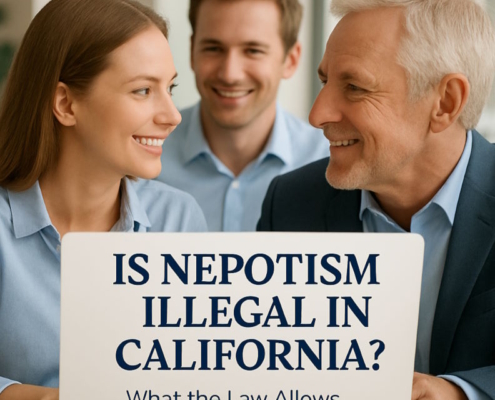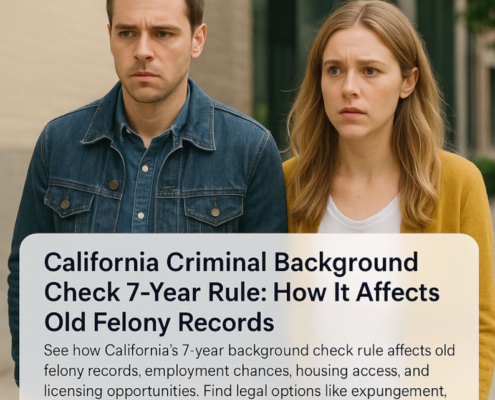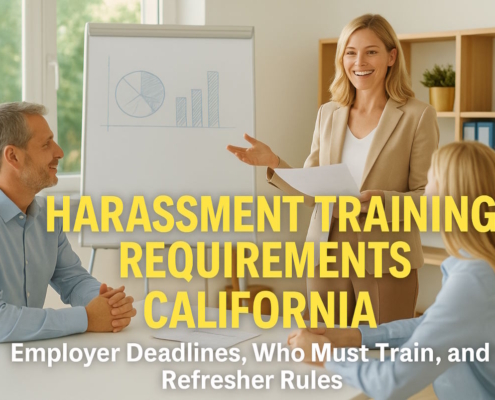Warn Act Requirements
The WARN Act requires employers to give a 60-day notice to the affected employees and both state and local representatives before a plant closing or mass layoff. An employer who violates WARN ACT is liable to each employee’s wage or salary and benefits up to sixty days. Our employment attorneys defend employers against WARN Act violation lawsuits.
Author: Brad Nakase, Attorney
Email | Call (800) 484-4610
A WARN Act notice requirement imposes an obligation on employers to give notice when there is a mass layoff of employees. The WARN Act notice requirements also impose a duty to provide notice when a furlough or temporary layoff lasts longer than six months.
The purpose of the WARN Act is to protect employees, their families, and communities by ensuring advance notice of layoffs so that the employees have time to search for new jobs. In some towns, a significant number of people work for the same employer. A mass layoff would put the town government in financial chaos from lack of tax revenues.
Before mass layoffs, employers must provide 60 days’ notice under the WARN Act. Notification must be given to a company’s affected employees and local government officials. An employer who violates WARN provisions is liable to pay each aggrieved employee back pay and benefits for the period of violation, up to 60 days.
For educational purposes, our employment attorney will discuss the WARN Act requirements as follows:
We invite your attention to our disclaimer.
What are the WARN Act requirements?
The Warn Act requires that employers give a WARN notice at least 60 calendar days before any planned plant closure or mass layoff. The WARN Act requires that the employer must include the following information:
- An explanation of whether the layoff or closing is permanent or temporary of 6 months or less;
- The date of layoff or closing and the date of your separation (The employer has some leeway in predicting the dates on which workers will be separated. The employer may give notice that employees will be separated within a two-week, or 14-day, period after a certain date. If the employer chooses to use a 14-day period, he/she must give the employees notice 60 days before the first day of the 14-day period.);
- An explanation of bumping rights (see glossary and FAQs), if they exist; and
- Name and contact information for a person in the company who can provide additional information.
Exceptions to the Warn Act 60 Day Written Notice
WARN makes certain exceptions to the requirements when layoffs occur due to war, natural disasters, unforeseeable business circumstances, and faltering companies. There are two main circumstance in which an employer may not give the WARN Act required 60 days notice to employees,
Union
The first situation is when a union represents the employees. In that case, the employer must give 60 days’ written notice to the union. It is the union’s decision how and when to give the employees notice.
Complex Seniority & Bumping System
The second situation is when there is a complex system of bumping rights. This situation will not arise often since most complex seniority systems are created under collective bargaining agreements and the union is the party required to be notified.
If there is a complex seniority/bumping system and no union is involved, the employer must make a good faith effort to determine who will actually lose their job as the result of the seniority system.
However, the employer is not required to predict exactly who will lose a job as a result of a complex bumping system. If the employer cannot exactly predict who will lose their job as a result of a complex bumping system, the employer must give notice to the employees whose job is being eliminated even though that person may later bump another worker.
Bumping Rights Definition
WARN Act bumping rights provide for an employee to replace another employee due to a layoff or other employment action under the company’s policy, or bargaining agreement. In simple terms, bumping rights is a seniority system where the rights of workers with higher seniority whose jobs are abolished to replace (bump) workers with less seniority so that the workers who ultimately lose their job are not the worker whose job was abolished.
Employees Rights Under Bumping Rights
What obligations does an employer have to give notice when there is an established bumping rights system?
When there is no union contract but your employer has an established system of bumping rights, the WARN Act requires that the employer must attempt to identify the individuals who will ultimately lose their jobs as a result of the bumping system and provide the WARN notice to them. If the employer cannot reasonably identify those workers, it must give notice to the incumbent workers in the jobs being eliminated.
Warn Notice When Affected Workers Cannot Be Identified
Must the employer give notice to everyone even when all affected workers cannot be identified?
If, at the time the WARN Act notice is required, it is not possible for the employer to identify who may reasonably be expected to be laid off, then the employer must give notice to those workers whose jobs will be eliminated as a result of the plant closing or mass layoff. The employer may choose to give broader notice to workers likely to be affected by the seniority system, but it is not appropriate for an employer to provide a blanket notice to all of its employees.
Union and Bumping Rights for Warn Notice
In the case of a union contract, if the employer meets the requirements of the regulations and provides notification to the union representative as to the job classifications and the names of employees who are in those job classifications, is that notice sufficient to cover whatever bumping takes place later? Or does the employer have to provide notice about specific individuals who are to be bumped eventually?
It is not necessary for the employer to identify those who could be bumped when providing a WARN notice to a union representative. The WARN Act requires that the employer address bumping rights in notices to employees who are not represented by a union. This notice requires an indication of whether bumping rights exist but not an indication of the specific individuals who may be subject to bumping rights in the future. As previously mentioned, when an employer gives individual notice, that employer is required to make a good faith effort to identify and provide notice to those workers who will actually lose their jobs as the result of the seniority system.
Bumping System Disclosure
Does the employer have to tell employees the system it has used to determine who receives layoff notices? Does job tenure or seniority make a difference?
No. Under the WARN Act requirement, there is no bumping disclosure required unless there is an established system for reducing the workforce either in a company policy or as part of a collective bargaining agreement, the employer may select employees to be terminated according to its business needs.
Have a quick question? We answered nearly 2000 FAQs.
See all blogs: Business | Corporate | Employment
Most recent blogs:
































